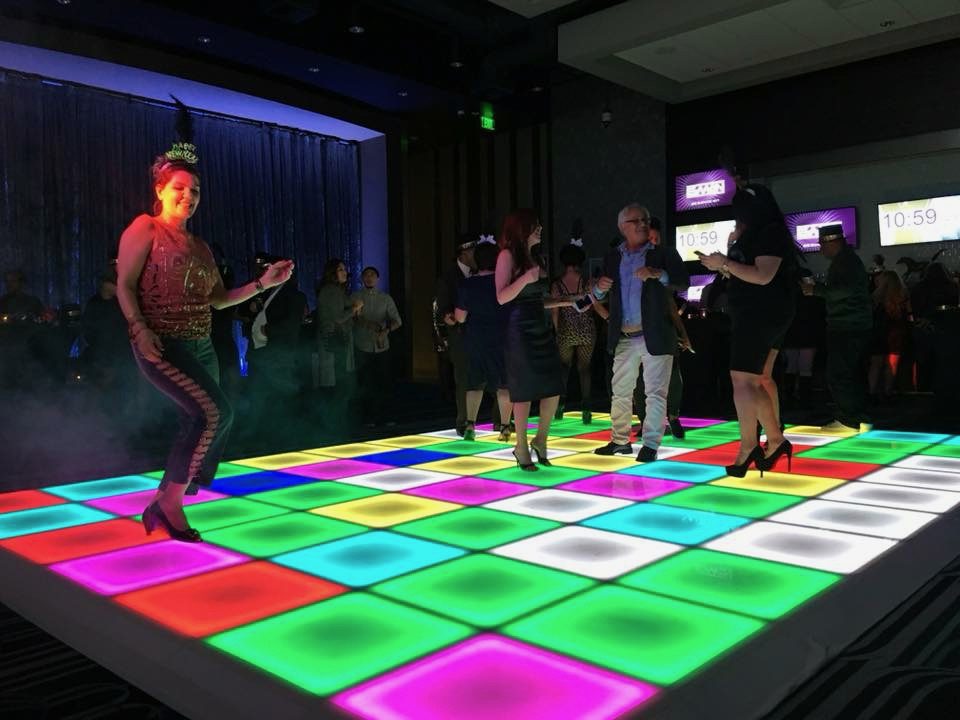Highlighting the Value of Illumination to Guaranteeing Dancing Floor Safety
Wiki Article
Illumination plays a crucial role in ensuring the safety of dancing areas, regardless of whether in a nightclub, a community center, or a educational gathering. Proper lighting helps to create a safe environment by enabling dancers to see their environment clearly. This clarity is essential for avoiding accidents, such as trips and collapses, which can occur on crowded or irregular surfaces. Additionally, good lighting aids in making sure that all dancers are cognizant of their area and the individuals around them, reducing the risk of crashes or other incidents on the dance floor.
One of the primary functions of illumination in a dance setting is to enhance visibility. Well-lit and well-placed lights illuminate the floor, making it easier for dancers to move through their movements. This is especially important in settings where the floor may be crowded or where different dance styles demand various levels of space. When dancers can spot where they are stepping and how much space they have, they can move with increased confidence and avoid potential dangers. For instance, a well-lit floor enables dancers to spot spills or hazards that could lead to dangerous situations.
In furthermore to assisting dancers visualize better, lighting can also contribute to the general atmosphere of that site the event. While some dance locations may use dim lighting for visual purposes, it is important to find a balance between atmosphere and security. Flickering or flashing lights can disorient dancers, making it difficult for them to maintain their bearings. Therefore, including soft, steady lighting with more intense spots in key areas, like emergency exits and walkways, can enhance both the vibe and safety of the dance floor. This thoughtful approach encourages a vibrant but secure dancing experience.
Furthermore, it is important to consider the types of lighting that are most suited for dance floors. Different light sources, such as light-emitting diodes, focused lights, and ambient lighting, can serve various purposes. LED lights are energy-efficient and can be programmed to create different hues and effects without sacrificing brightness. Spotlights can illuminate specific areas, such as a link platform or a dance ensemble, while ambient lighting creates the overall atmosphere. By thoughtfully selecting and placing these lighting choices, event coordinators can make sure that the dance floor stays a safe and enjoyable space for everyone.
In conclusion, the importance of proper lighting in ensuring dance floor safety cannot be overstated. It not only provides the necessary visibility for dancers to move freely and safely but also helps create an welcoming environment that encourages participation. Event planners and venue managers must prioritize lighting design when organizing dance events to minimize risks and enhance the overall experience. By doing so, they can cultivate a fun, lively atmosphere while maintaining safety at the forefront of their planning efforts.
